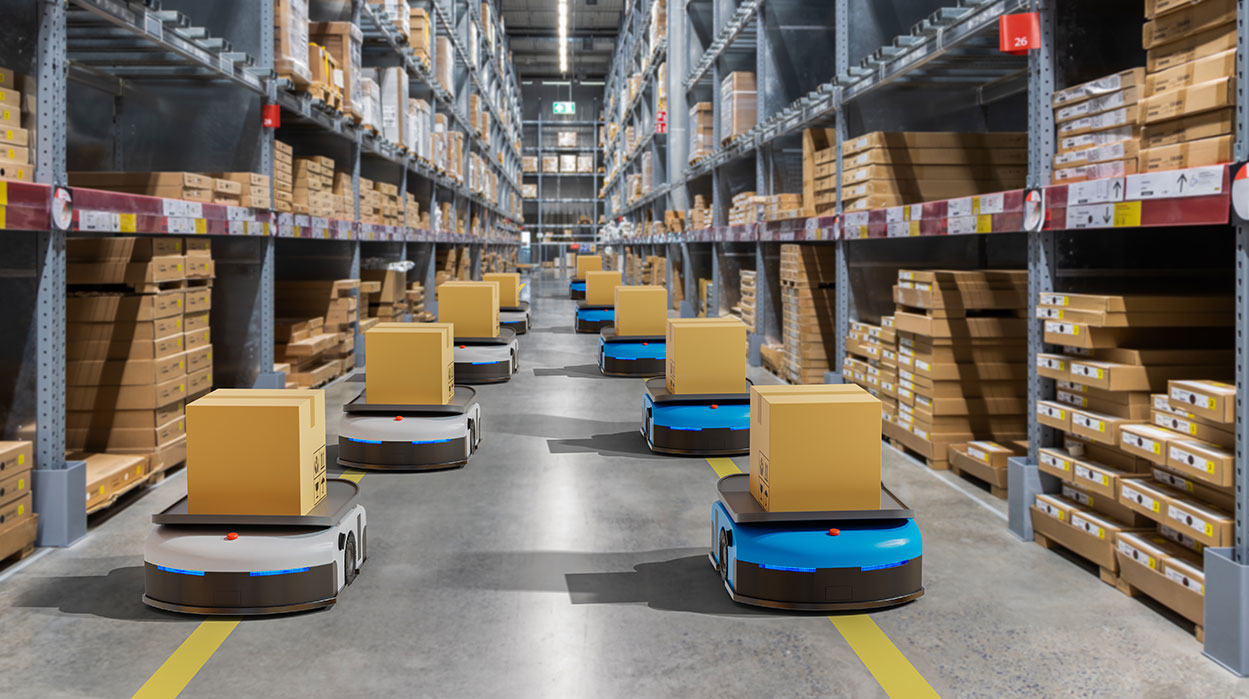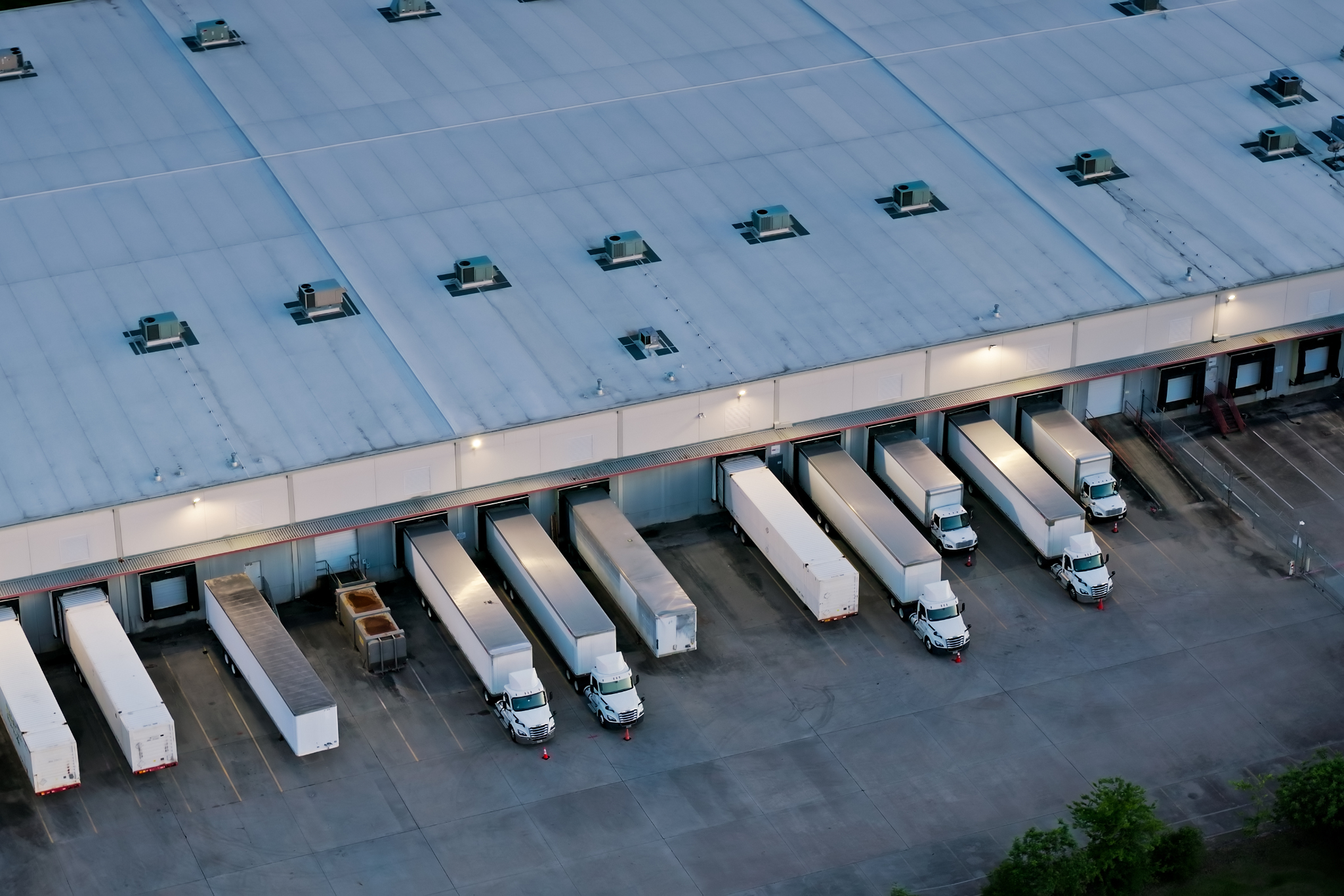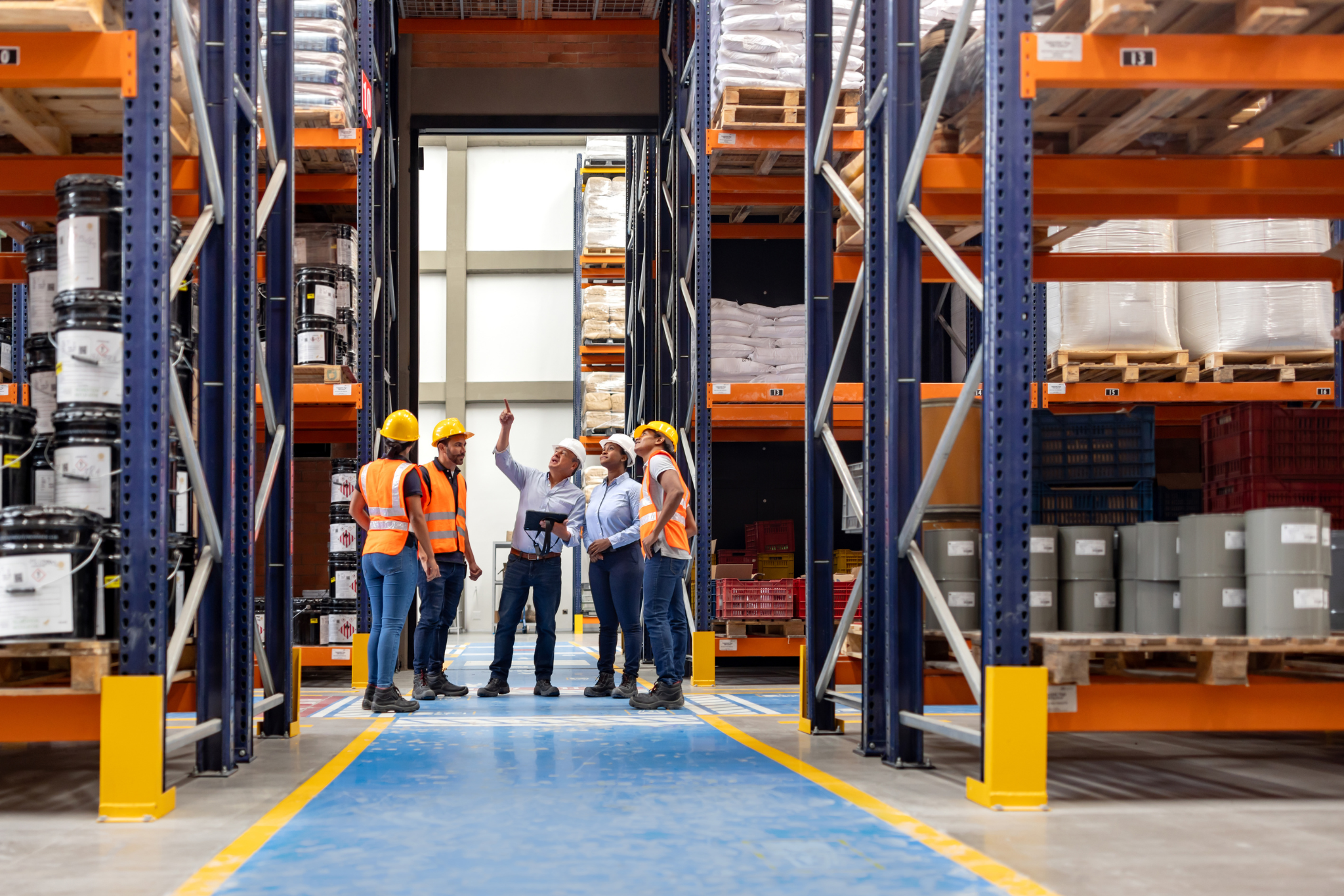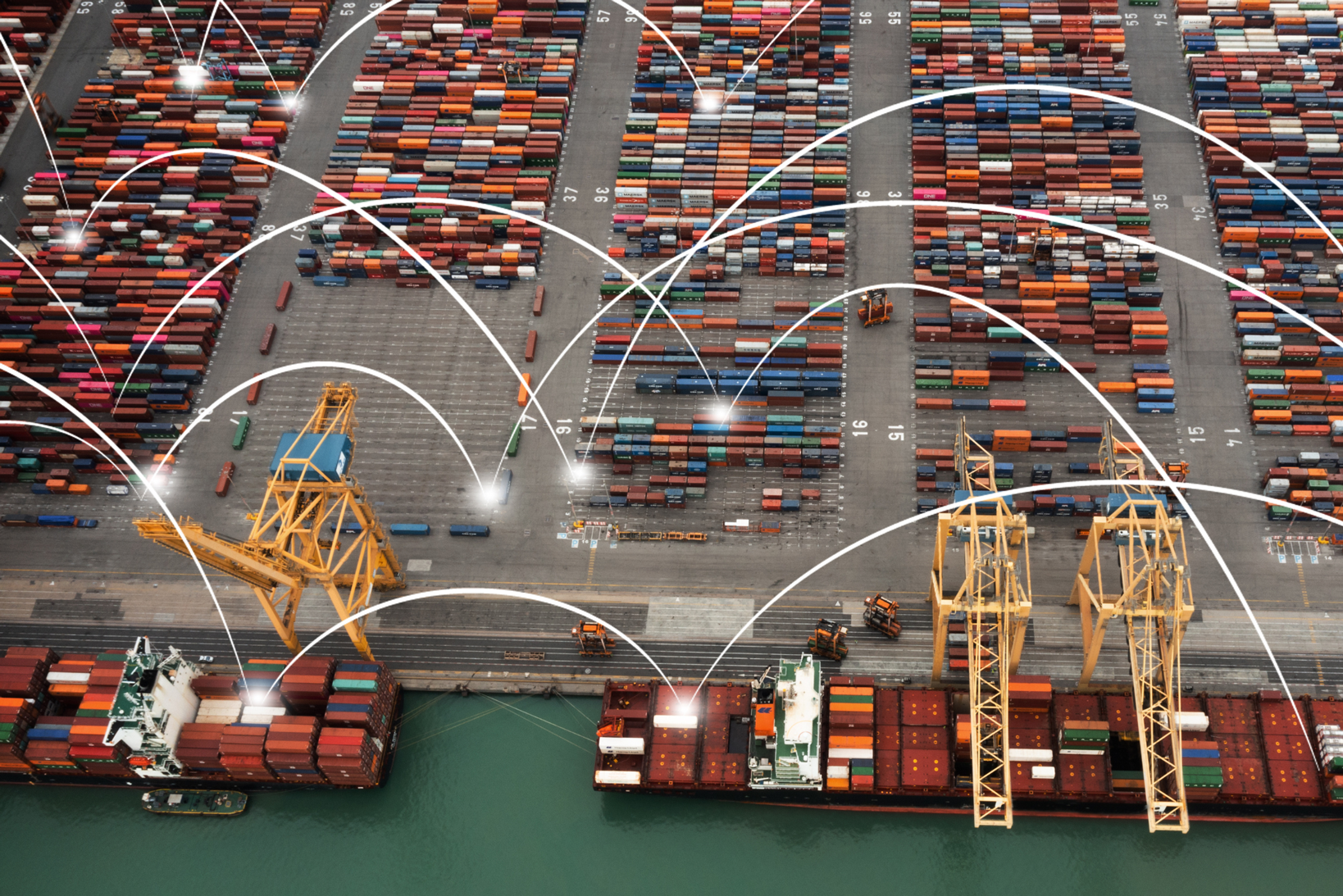How micro-fulfillment centers reshape urban logistics with speed, efficiency, and automation.

The explosion of e-commerce has transformed how and where customers expect to receive their orders. Two-day shipping was once the gold standard, today, same-day and even one-hour delivery are becoming the norm. Meeting these expectations requires businesses to rethink traditional distribution strategies.
This is where micro-fulfillment centers (MFCs) come into play. By positioning inventory closer to customers in urban areas, MFCs are reshaping last-mile delivery and driving the next generation of urban logistics solutions.
What Are Micro-Fulfillment Centers?
Micro-fulfillment centers are compact, highly automated facilities located within or near cities. Unlike large regional warehouses, these centers are designed for speed and efficiency in densely populated areas.
Key characteristics include:
- Small Footprint: Often 10,000–50,000 square feet, compared to massive distribution hubs.
- Automation-First Design: Incorporating Automated Storage and Retrieval Systems (AS/RS), robotics, and AI-driven inventory management.
- Proximity to Consumers: Typically integrated into existing retail stores, malls, or urban warehouses to minimize delivery distance.
- Omnichannel Integration: Serving both online orders and in-store pickups.
Why Micro-Fulfillment Matters for Urban Logistics
Traditional fulfillment models rely on large, centralized warehouses. While cost-effective for bulk operations, they create challenges for urban delivery, including congestion, higher transportation costs, and longer lead times.
Micro-fulfillment solves these problems by:
- Reducing Last-Mile Costs: Shorter delivery routes mean fewer miles traveled and lower fuel expenses.
- Accelerating Delivery Times: Orders can be fulfilled and delivered within hours.
- Enhancing Sustainability: Shorter routes reduce carbon emissions, supporting greener logistics strategies.
- Improving Customer Experience: Faster, more reliable delivery builds loyalty in competitive e-commerce markets.
The Role of Automation in MFCs
Automation is the backbone of micro-fulfillment. With smaller footprints, MFCs depend on high-density storage and efficient workflows powered by technology.
Examples include:
- Robotic Picking Systems: Speed up order processing and reduce human error.
- AI-Driven Forecasting: Predict demand in local markets to keep inventory balanced.
- Dynamic Slotting: Ensures high-demand items are always accessible.
- Smart Conveyor and Sortation: Streamlines packing and staging for quick dispatch.
By blending automation with smart design, MFCs maximize output in limited space—critical for urban logistics.
Benefits Beyond Speed
While faster delivery is the headline benefit, MFCs offer long-term strategic advantages:
- Scalability: Businesses can open multiple centers across a metro area to handle growing demand.
- Resilience: Distributing inventory across smaller hubs reduces the impact of disruptions.
- Omnichannel Flexibility: MFCs can serve both e-commerce fulfillment and in-store order pickup, creating seamless customer experiences.
- Data-Driven Optimization: Real-time analytics help businesses adjust quickly to demand spikes, local trends, or supply chain disruptions.
Micro-Fulfillment in Action
Imagine a grocery retailer in a major city. Instead of shipping from a distant warehouse, the retailer uses micro-fulfillment centers embedded in local stores. Automated systems process online orders within minutes, while couriers or gig-economy drivers deliver them in under two hours.
The result: customers get groceries faster, the retailer saves on transportation, and urban congestion decreases. This model is now expanding beyond groceries into sectors like fashion, healthcare, and consumer electronics.
Building the Future with Tompkins Solutions
Implementing micro-fulfillment isn’t a one-size-fits-all approach, it requires careful planning around location, automation technology, and integration with existing networks. That’s where Tompkins Solutions can help.
With expertise in supply chain consulting, automation, and warehouse design, Tompkins helps businesses:
- Identify the right sites for urban logistics success.
- Design automation-powered micro-fulfillment centers optimized for throughput.
- Integrate MFCs seamlessly with broader distribution networks.
- Build scalable, future-ready systems that adapt as demand evolves.
The Road Ahead for Urban Logistics
Micro-fulfillment centers are more than a trend, they represent a strategic shift in how companies approach urban logistics. By combining proximity, automation, and efficiency, MFCs deliver on what modern consumers want most: speed, reliability, and convenience.
Companies that invest now in micro-fulfillment and partner with experts like Tompkins Solutions will be the ones leading the charge in the future of e-commerce.
Ready to explore how micro-fulfillment centers can transform your logistics strategy?
Contact Tompkins Solutions today to get started.
How can we help improve your supply chain operations?
Schedule a consultation or contact Tompkins Solutions for more information.

Featured Posts
Discover valuable resources to enhance your knowledge.





